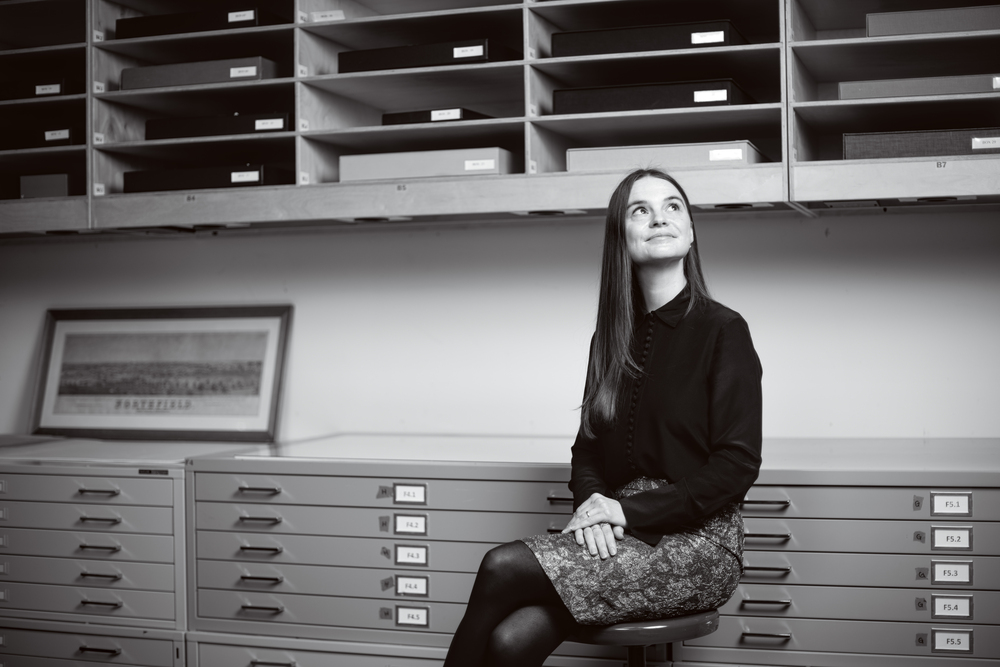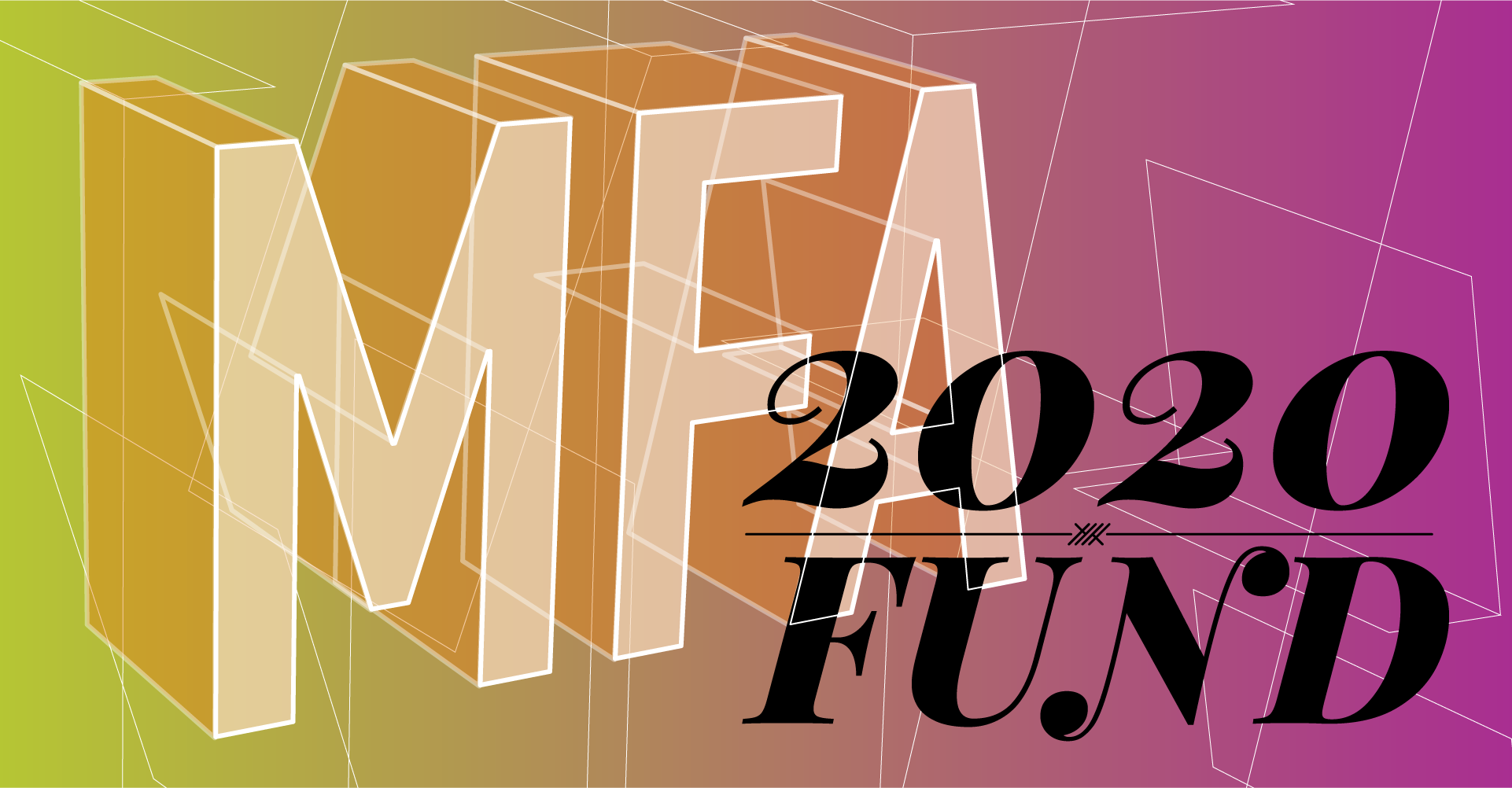Questions from Kay Heino ’23; Gathered by Eric Butler ’23
Here at the MFA Promo Team, our photographer, Eric Butler ’23, has Sara Cluggish as a mentor. I forwarded these questions, and Eric collected the answers from Cluggish. I was very excited to get this information about her and learn a little more about some of the wonderful mentors that are a part of our mentorship program!
KH:
Can you brief everyone on who you are and what you do for a living?
SC:
I am the Director and Curator of the Perlman Teaching Museum at Carleton College in Northfield Minnesota. As a teaching museum, we emphasize our pedagogical mission. We think of the 4000+ artworks in our permanent collection as teaching tools and our galleries as active classrooms where we engage visitors in processes of visual thinking and learning. We see ourselves as a service department for the college and its many different academic disciplines, helping the campus community to incorporate visual art into our curriculum. I often get excited by the possibility that one artwork can be interpreted through multiple interdisciplinary lenses from gender studies to economics to religion, which are examples of just a few possible areas of study at Carleton.
In addition to our core staff, we employ 25 student workers who are trained to work in the collection and archives, undertake curatorial research, conceive of and run events, and work at the front desk greeting our visitors with information about each new exhibition. We often give students their first experiences of working in a professional museum setting and help them go on to get internships and jobs in the museum sector following graduation. In brief, the Perlman Teaching Museum is a museum run by and for students!
KH:
You are a curator, how did you catch the “curatorial bug?”
SC:
I had my first curatorial experiences as an undergraduate fine art student at The Maryland Institute College of Art in Baltimore. The college had, and still does to this day, a student-run gallery program. Students can apply to show their artwork in one of four spaces on campus, and I was asked to sit on the student jury. This gave me an appreciation for how subjective the jury selection process can be and made me curious about organizing exhibitions.
Additionally, as an art student I gradually found that I enjoyed reading and writing about art or exchanging ideas around art more than making my own work. I was the kind of outspoken student who dove into the critique process with the understanding that what I see in a work might not be what my friend sees or the artist intended. Looking back, this was the seed of a core curatorial premise; curators should have an understanding that every person’s relationship to art is different, and it is our responsibility the offer visitors the opportunity to meaningfully connect with an artwork on their own terms. Curators always have a dual responsibility to artworks and audiences, with our job being to open up ideas not close them down.
KH:
What are your goals now that COVID has changed the world? Plans for curating in the future? Are there restrictions?
SC:
Like many of us, one thing I’ve greatly missed during the pandemic is the ability to travel and connect in person with artists and thinkers around the world. While I’m especially grateful for the accessible virtual programming arts organizations have created through this time and am curious to see how these models grow in the future, it’s important to me to have regular encounters with art and artists that are in real life rather than mediated through the 13 inch screen of my laptop. As a curator, it’s key to see as many exhibitions and attend events in your own community as possible, as well as going farther afield to consider what artists and thinkers you might want to invite into your community from elsewhere.
KH:
Is there any advice for future curators who are looking to expand the market of just the United States?
SC:
The advice I often give to aspiring curators starting out is simple and is advice someone gave me early on (and it’s not necessarily specific to any one geographic area). “Be a sponge. Look at as much art as possible. Read books and art magazines. Attend talks, workshops, screenings, and performances as often as you can”. Exposing yourself to as many artistic approaches and conflicting ideas as possible can be deeply generative. In my early twenties, I remember having a feeling that I wanted to be a curator, but I didn’t always have the internal confidence to know what kind of art I liked or disliked and why. The only way to work through this is to consistently engage with art and try to find language to put your feelings into words. And sometimes the best art evades language!
Also, remember that you learn as much from your peers as you do from your teachers and mentors. In graduate school, I had a close-knit group of artists and curators I hung out with, and most every weekend we would go to exhibitions together. I’m still in touch with that group of people today and am able to lean on them when I’m struggling to find clarity with an idea. So, find an exhibition or event you think looks like fun and bring a friend. Collectively processing those experiences helped me to find my own voice, and I learned just as much from them as I did from being in a classroom.



